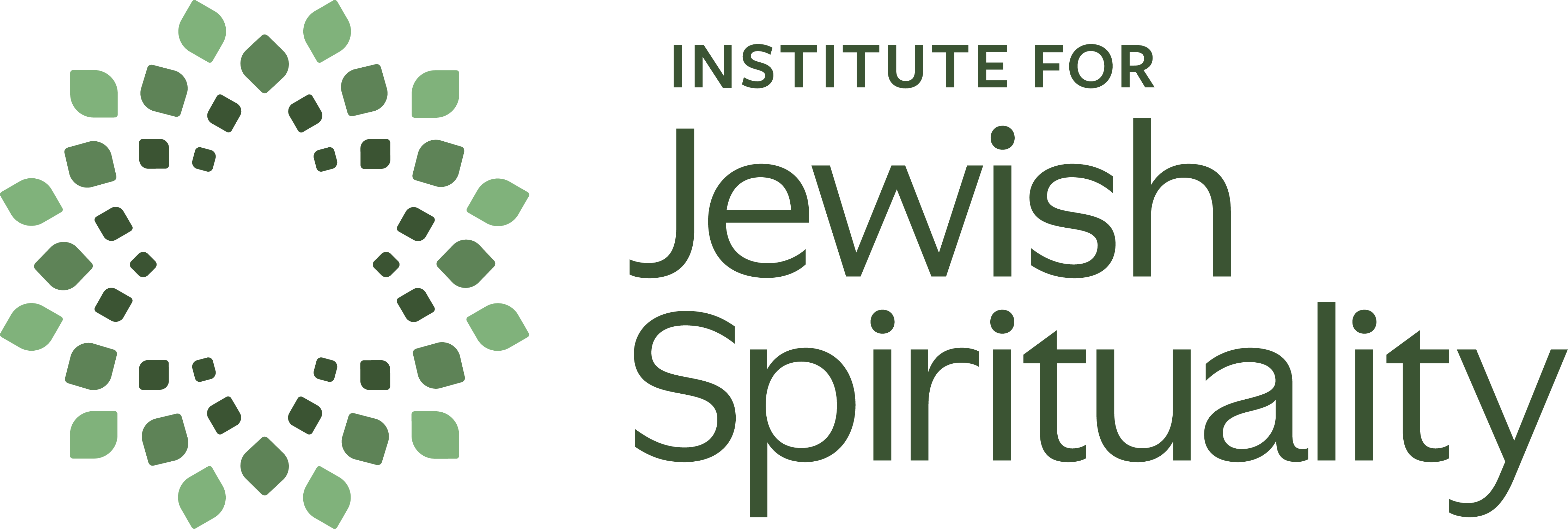
Twenty-five years ago, right out of college, I lived in Jerusalem for a year. While I grew up with a very strong Jewish identity, I didn’t receive the kind of Jewish education that would allow me to study Talmud in the original Hebrew/Aramaic or to walk into a beit midrash and know what all the books on the shelf were, much less how to open them up and study from them. In college I met people who did have that kind of education, so I decided to spend my first year after graduation acquiring it. That took me to Jerusalem.
My mom had a friend from Ann Arbor whose son was my age–he went to the high school across town, so we didn’t know each other–and who was also spending the year in Jerusalem. His name was Chris, and his family was of Palestinian Arab ancestry. Chris had studied to be a journalist and had an internship that year at the Jerusalem Times, an English-language Arab newspaper. Our mothers suggested we meet. We did, and we became friends.
Chris spent a couple afternoons a week tutoring students at Bethlehem University in English. He invited me to join him and I was excited to go. These were the heady days between the Oslo Accords and the second intifada, the days of od yavo shalom aleinu. Transportation wasn’t difficult, though it did require bringing my passport along for a ride on a bus line serving the Arab community that left from just outside Damascus Gate. An Israeli soldier boarded the bus to check everyone’s papers on the return trip. I made the journey several times.
These were still the nascent days of email and well before social media, so I confess that I’ve fallen out of touch with the people I met then, including Chris. But a few memories stand out a quarter-century later, memories I find stirring in me these days.
The first is that, while I felt safe enough to go, I did not feel safe enough to identify as a Jew. The rest of the time I lived in Jerusalem I walked around wearing a kippah and flowing tzitzit. But as I approached Damascus gate, I took off the kippah and tucked the tzitzit into my pants. As soon as I got off the bus on Derekh Hevron, on the edge of the Jewish neighborhoods of south Jerusalem, the kippah went back on and the tzitzit came back out.
Related to this, I remember an encounter with a young woman at the university. At one point she asked me, “Are you Arab?” I told her I wasn’t, but I didn’t tell her I was Jewish, either. “Amazing. You look like an Arab.”
I remember disembarking from the bus and walking down the hill toward my apartment, the sun beginning to set over Jerusalem. And I remember feeling, even in those more hopeful days, this indescribably melancholy feeling: My bus ride had been less than ten miles; genetically, it seemed, I could pass for an Arab (and of course she could pass for a Jew); and yet these two societies felt worlds apart.
The story of Abraham prompts me to reflect on some elements of my own story here: the passing (in the form of Abraham trying to pass off Sarah as his sister); the so-close-yet-so-far nature of the relationship between Ishmael and Isaac and their descendants; questions of speech and silence, of honesty and something less than it; questions of fear and courage.
While Parashat Vayera contains the Greatest Hits of the story of Abraham–welcoming the angels, standing up for the people of Sodom, the Akedah–there’s a little story nestled within it that often gets overlooked. It comes just after Hagar and Ishmael are rescued in the wilderness and before the Binding of Isaac. It’s the story of Avimelech and Abraham resolving a land dispute. Set against the backdrop of their previous history, which involved deception and the threat of sexual violence, it’s all the more remarkable: Abraham and Avimelech are able establish a kind of working trust of each other. “The two of them made a covenant,” the Torah says (Gen. 21:27) and “Abraham resided in the land of the Philistines for many days” (v. 34).
Our work at IJS is not that of policy, so it seems far out of my lane to comment on military or political strategy. And in the fog of war and the age of quick takes and misinformation, I find myself doubling down on the importance of listening, discernment, and what I’ve come to call the silence of presence. Yet one clear thing I’ve found arising for me over the last few weeks is an increasingly urgent reminder of the foundational nature of mindfulness practice for peacemaking–both within ourselves and between each other.
Peace is made possible by, among other things, our capacity to be aware of, honest about, and yet not necessarily governed by our emotions. This is the bedrock of resilient listening. When we can practice mindful awareness grounded in compassion; when we can practice setting wise boundaries while grounding ourselves in love and interconnection; when we can practice tikkun hanefesh, repair of our own hearts and spirits, then and only then can we possibly begin to create the conditions for honesty, coexistence, and peace–the conditions for genuine tikkun haolam.
